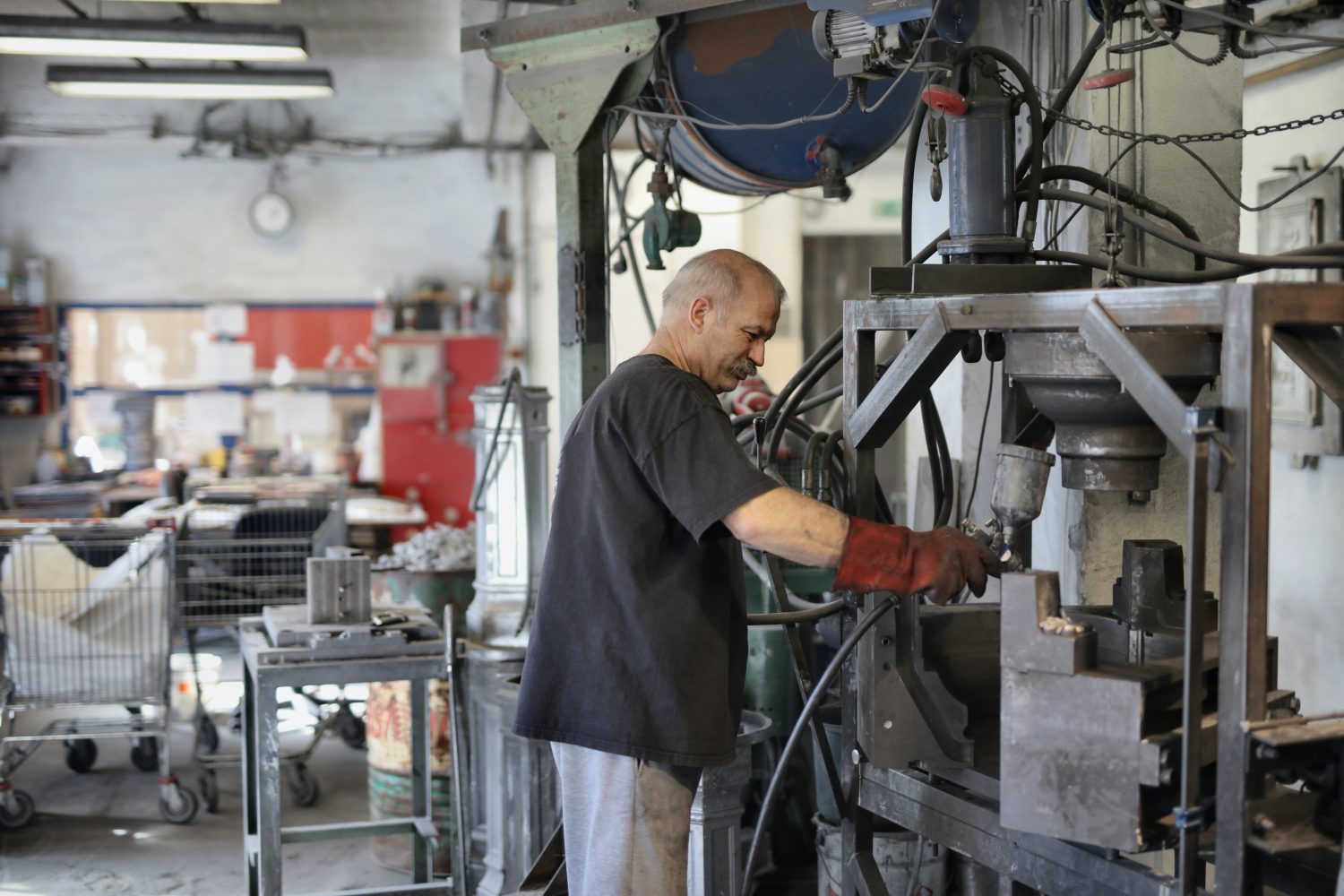Can Equipment Costs be Claimed for SR&ED?
Updated to Reflect New Policies (2022)
*** Some of the policies referenced were updated 2021-08-13. This article has been updated and is accurate as of 2022. ***

As of January 2014, any costs incurred with respect to capital property are no longer eligible for SR&ED tax incentives as the CRA has removed them from the SR&ED program. Only expenditures of a current nature may be claimed. In response to client inquiries, we feel it is important to explain these changes and how the cost of equipment currently affects your SR&ED claim.
Capital vs. Current Nature
The distinction between current and capital expenditures is important to understand, especially now that capital expenditures no longer qualify for SR&ED tax incentives.
Capital expenditures are those expenditures that result in the acquisition of property that would be the claimant’s depreciable property, other than a building or a leasehold interest in a building.1 Expenditures of a current nature are those expenditures that do not result in the acquisition of land, a leasehold interest in land, or property that would otherwise be depreciable property to the claimant. Current nature expenditures include any expenditures made by the claimant other than expenditures for:
- the acquisition of capital property of the claimant, or
- the use of, or the right to use, property that would be the capital property of the claimant if it were owned by the claimant.2
A Change in Legislation
Generally, capital costs were for large pieces of machinery or software purchases for which >90% of their operational time during their operational lifetime (all or substantially all (ASA)) were dedicated only to SR&ED, or all the value of said equipment was consumed while conducting SR&ED. Before December 31, 2013, these capital expenditures could be claimed for SR&ED tax incentives3, however, as of January 1, 2014, these expenditures are no longer eligible and can not be claimed.
Shared-use equipment
Prior to January 2014, expenditures for capital property that did not meet the ASA criteria were not qualified as an SR&ED capital expenditure. However, if a claimant performed SR&ED in an environment where their capital property was used for both SR&ED and commercial work then that capital property may have qualified as shared‑use-equipment (SUE) and could be included in qualified SR&ED expenditures.4 This was often the preferred route for capital claims as SUE claims were less demanding with lower usage and time requirements. For more information on what constitutes as SUE please see the SR&ED Shared-Use-Equipment Policy.
Current Legislation Regarding Equipment Costs
Currently, some of the costs related to the purchase of equipment may be claimed under the traditional method as overhead and other expenditures. Overhead and other expenditures refer to certain expenditures of a current nature that may be directly attributable to the prosecution of SR&ED in Canada, or directly attributable to the provision of premises, facilities, or equipment for the prosecution of SR&ED in Canada.5 To be considered directly attributable to SR&ED an expenditure must directly connect with, or be related to, either:
- the SR&ED work;
- the SR&ED staff; or
- the machinery/equipment used by staff to perform SR&ED.6
General purpose office equipment or furniture (GPOEF) expenses may also be claimed as overhead and other expenditures if they are directly attributable (directly related and incremental) to the prosecution of SR&ED in Canada. GPOEF includes all furniture, such as desks, chairs, lamps, filing cabinets, and bookshelves. It also includes photocopiers, fax machines, telephones, pagers, typewriters, word processors, teletypes, and calculators.7 Under the Proxy Method, any expenditures related to GPOEF are intended to be covered by the prescribed proxy amount and are not required to be calculated for your tax forms. For more information on how to apply overhead and other expenditures to your Traditional method SR&ED claim, please see our previous article Proxy vs Traditional SR&ED Claim: Which Method to Choose?
Conclusion
Expenditures of a capital nature, which result in the acquisition of property that would be considered the claimant’s depreciable property, are no longer eligible to claim for SR&ED tax incentives. Only expenditures of a current nature, which are directly attributable to the SR&ED work are eligible for SR&ED tax incentives. These amounts are included as overhead and other expenditures under the traditional method and are covered by the prescribed proxy amount within the Proxy method.
